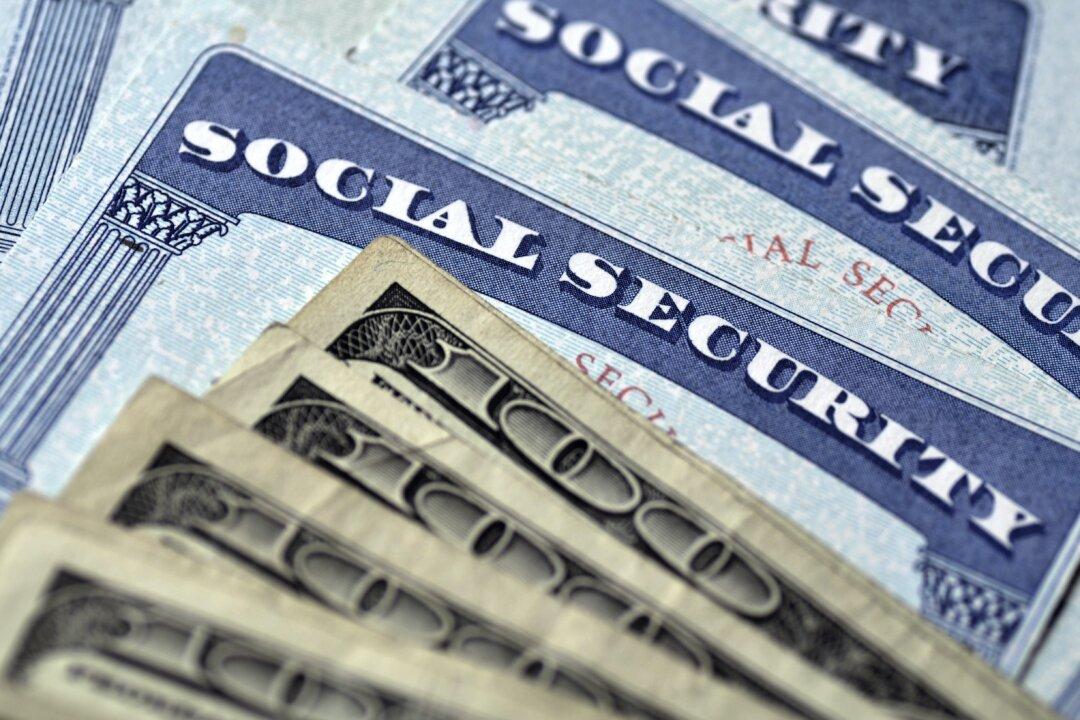The Build Back Better bill that Congress sent to the Senate had several social reforms. It proposed more spending on Medicaid and offered hearing benefits through Medicare. But Social Security wasn’t mentioned. When the Senate passed the Inflation Reduction Act, it also didn’t address Social Security.
Social Security is running out of funding. The Social Security Board of Trustees 2021 report projected that by 2035, retirees would start receiving a reduced benefit. By not addressing the problem, Congress and the Senate left it open-ended. But how did this lack of funding happen? And what can be done to keep Social Security from going under?






